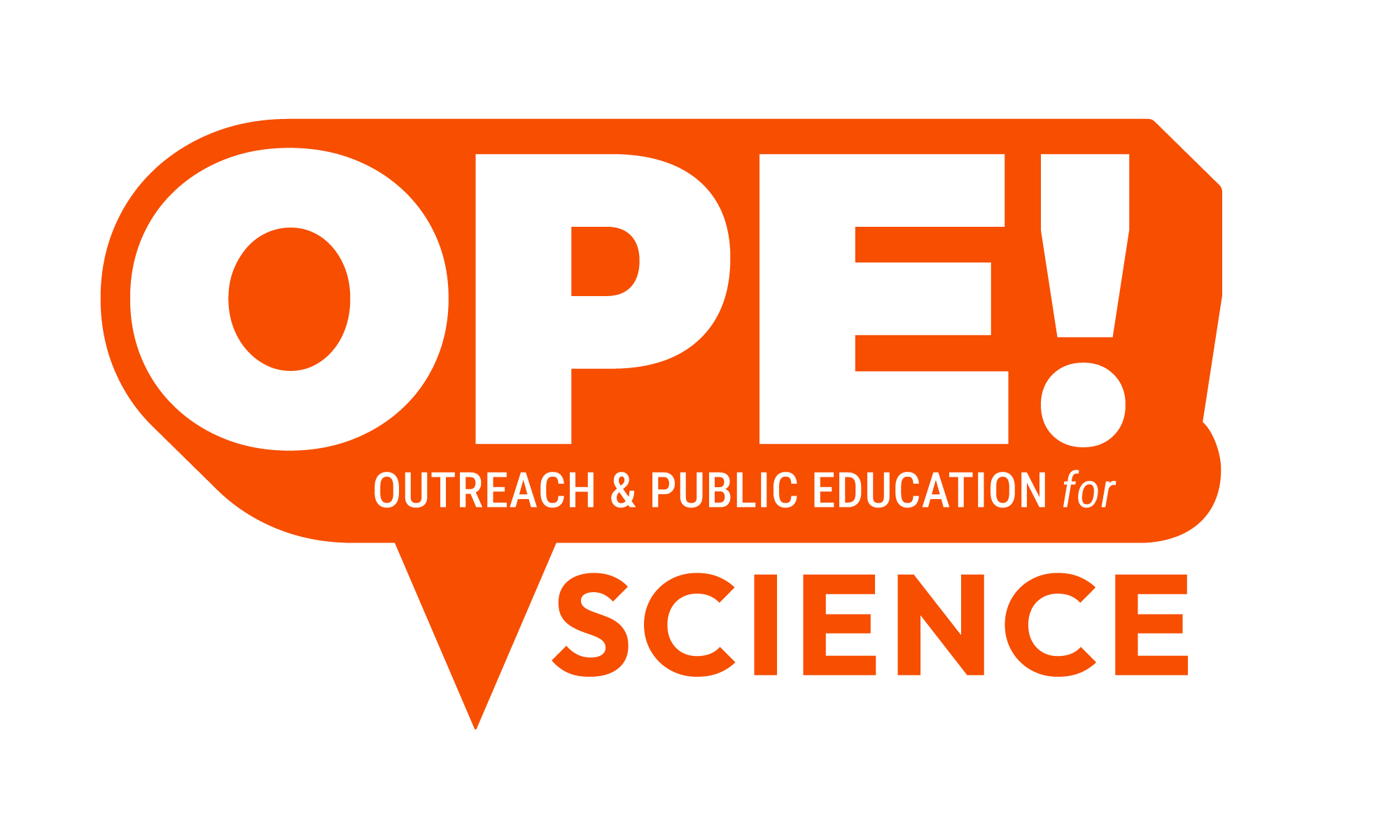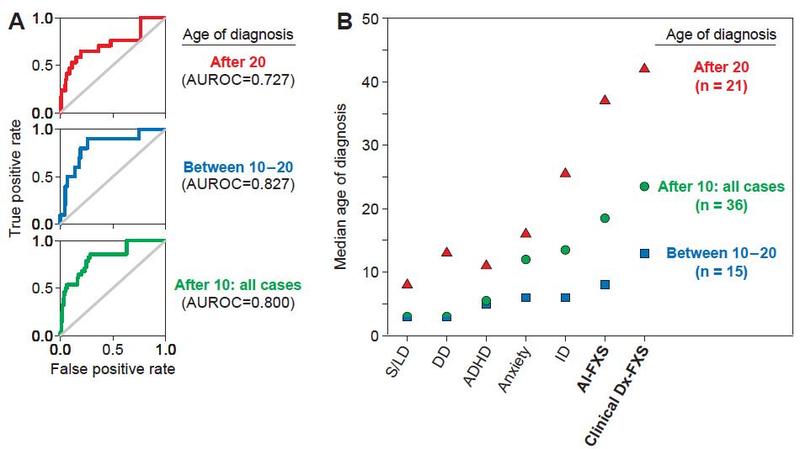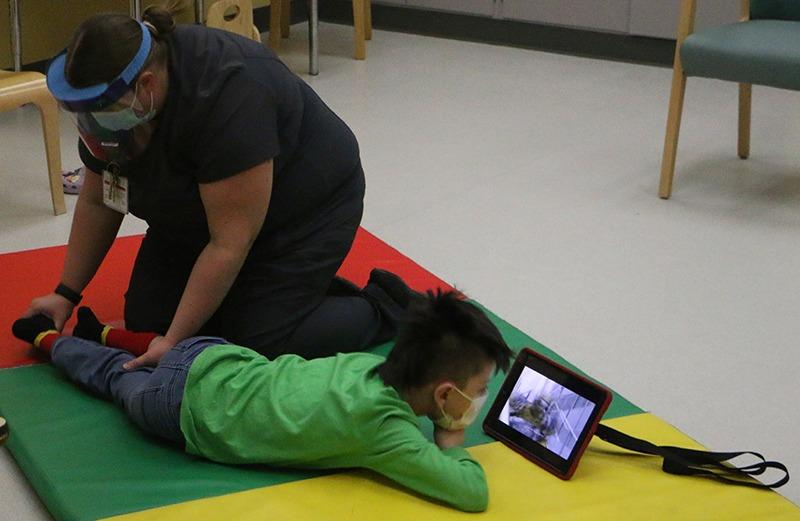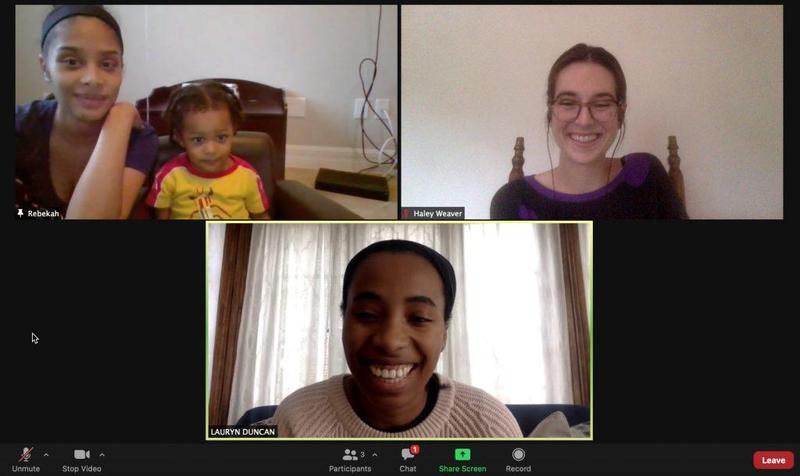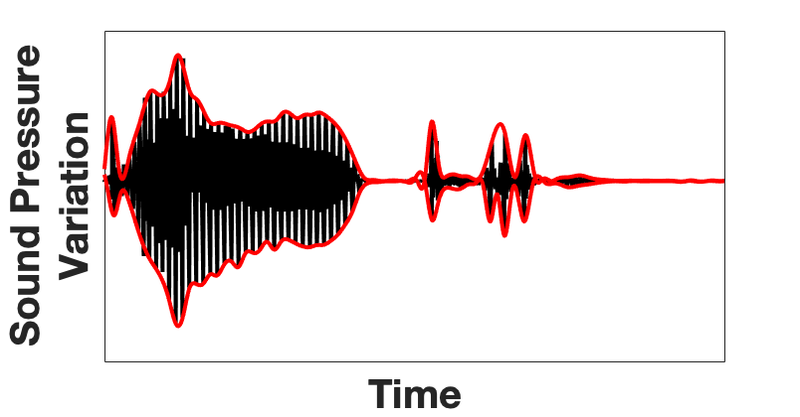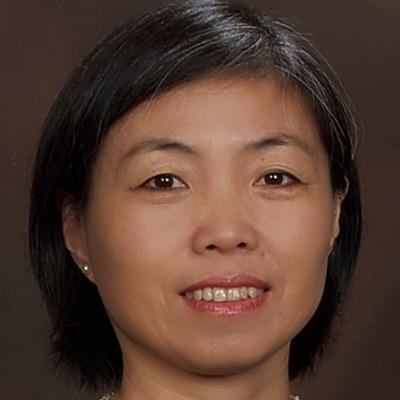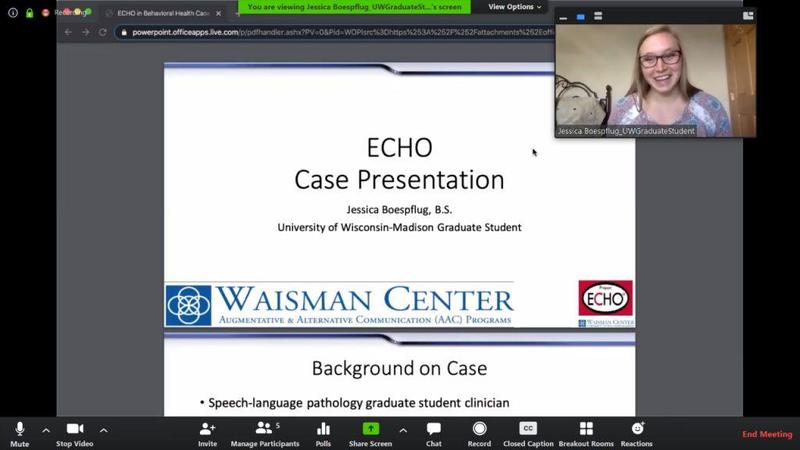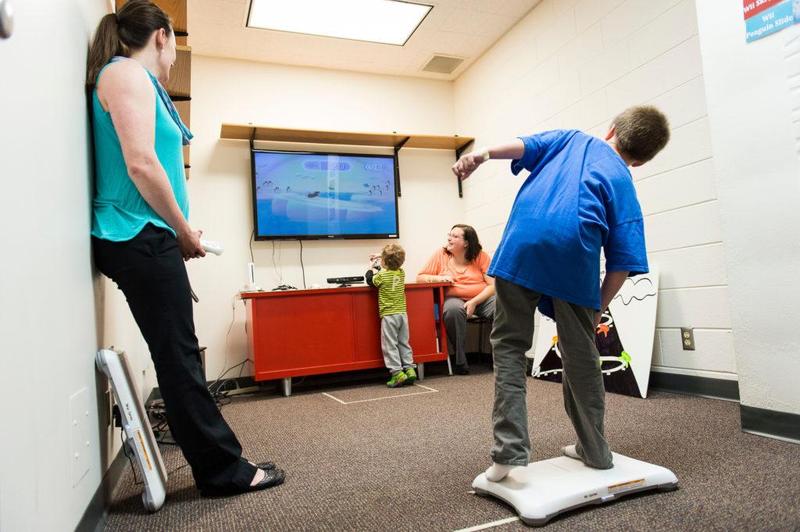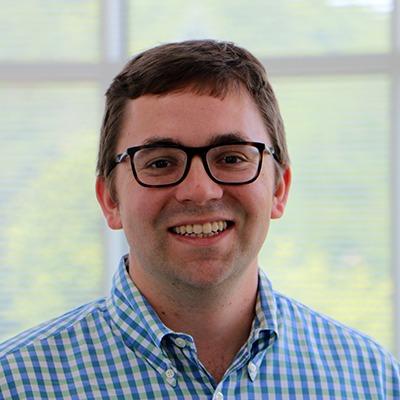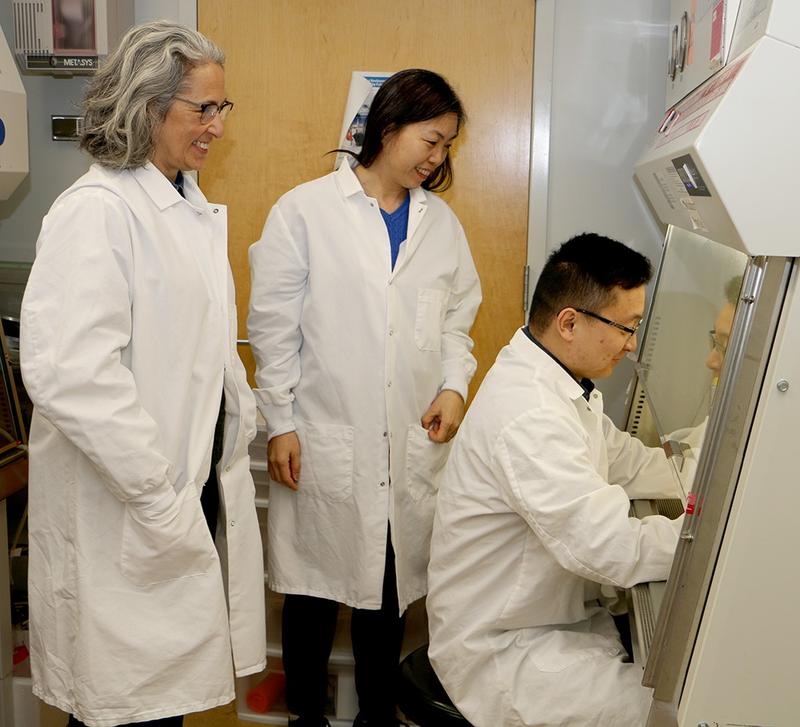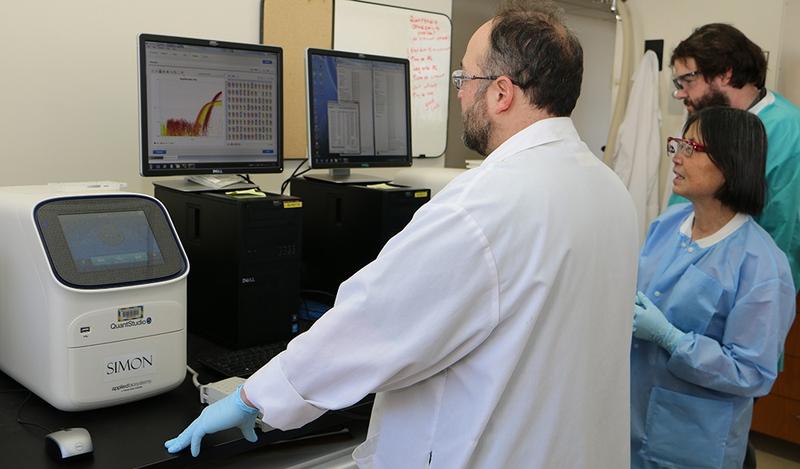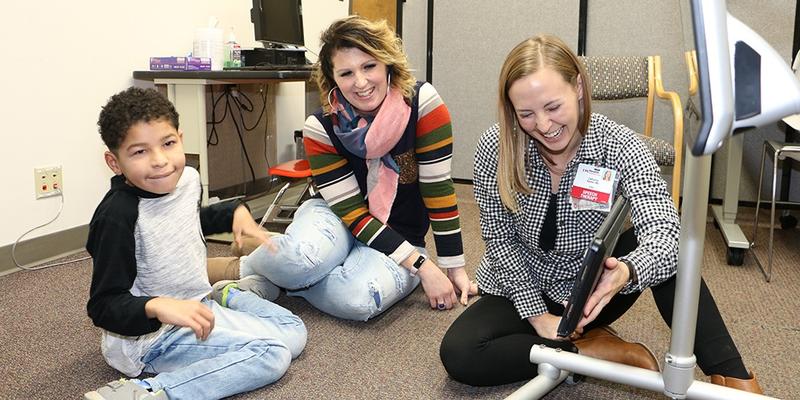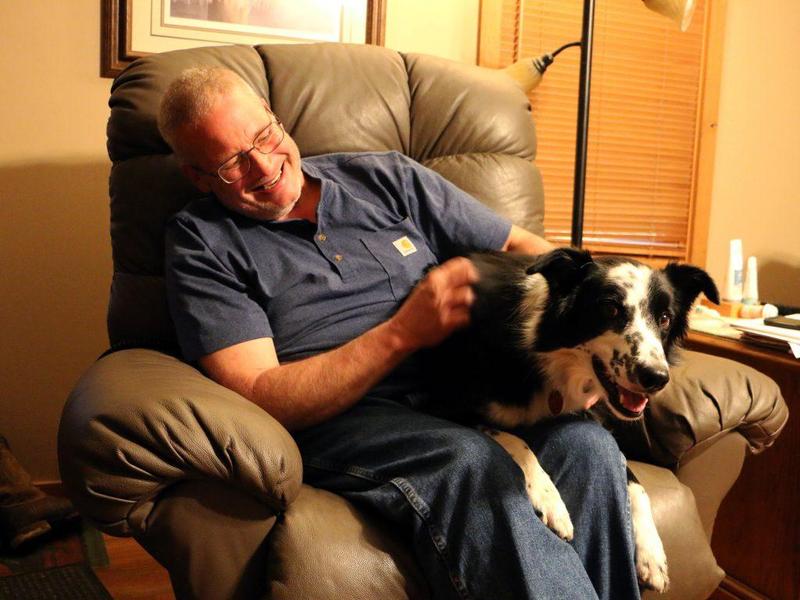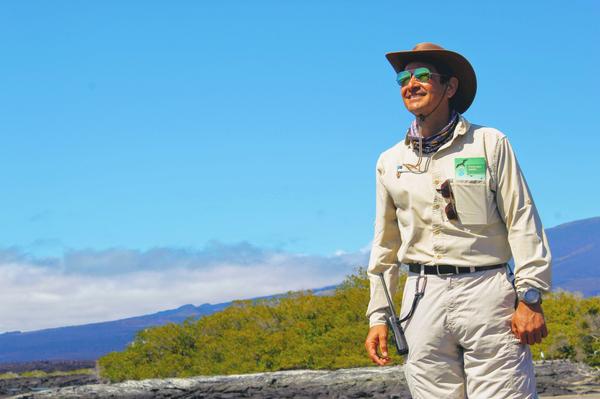

As a seasoned science communicator with over a decade of experience, I specialize in translating complex scientific concepts into engaging, accessible content. My work has taken me from the Galápagos Islands documenting invasive species research to California reporting on community biodigesters, always with the goal of making science relevant and understandable to diverse audiences.
I bring both scientific rigor and storytelling expertise to every piece. Whether crafting award-winning articles (including recognition from Planet Forward's Storyfest), or creating content that drives real engagement, I'm committed to bridging the gap between scientific discovery and public understanding.
Below, you'll find several samples of science communication work.
And you'll find my wildlife photography by clicking here.



